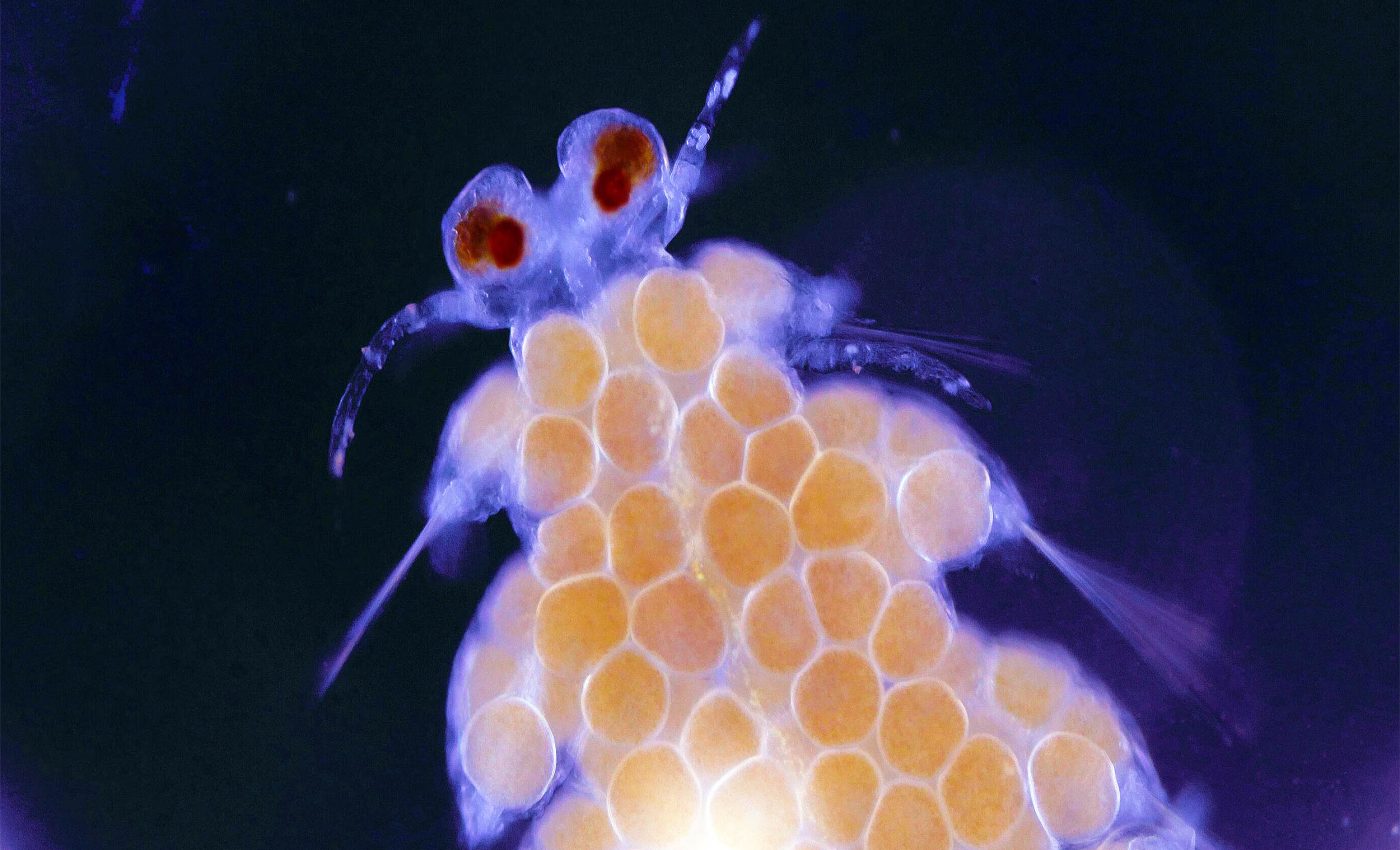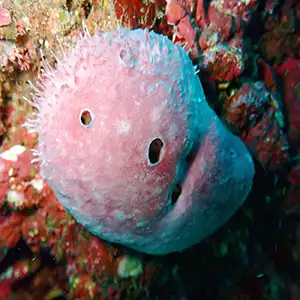
One head of this worm controls hundreds of bodies for one of the world's strangest creatures
The ocean hosts bizarre organisms, but this newly studied worm outshines most oddities. It thrives in hidden spaces inside certain sea sponges.
A global team has now produced the first detailed map of this worm’s genetic activity. This work was led by Dr. Guillermo Ponz-Segrelles at IES El Burgo-Ignacio-Echeverría in Madrid, working with the University of Göttingen.
Marine worm grows many branches
Experts call this creature Ramisyllis kingghidorahi. It has one anterior region but can form multiple body extensions that spread through its sponge host.
Each extension contains full sets of organs, yet they all connect back to the same head. Researchers say this arrangement creates hundreds of potential sites for reproduction.
Gene control depends on body part
The study measured which genes turn on in different body parts. More variation appeared between the head, midsection, and reproductive zones than between male and female specimens.
That suggests body location matters more for genetic control than sex does. Yet the reproductive segments still showed distinct patterns when comparing males and females.
Marine worm’s midsection
Unlike the head or reproductive segments, the worm’s midbody showed very little unique genetic activity. This region had fewer upregulated genes, suggesting it may serve mainly as a passive conduit between active zones.
What’s puzzling is that, in female worms, the midbody still showed distinct expression patterns when compared to males and non-reproductive individuals.

The reason for this is unclear, and scientists believe future work will be needed to figure out what, if anything, the midbody contributes to reproduction.
Each part shows focused gene activity
Scientists report that these worms seem to juggle shared anatomy with focused gene activity in each section.
Investigators also note that male and female worms both rely on key signals, although each sex shows subtle differences in reproductive regions.
Molecular data indicate that many standard body processes are shared, even if actual egg or sperm production diverges. This insight reshapes how specialists think about mature segments
Female marine worms activate more genes
Across every body region, female worms showed the most distinct patterns of gene expression.
Their reproductive segments, midbodies, and even heads activated more unique genes than those of males or non-reproductive individuals.

This might mean that developing female stolons requires a more complex genetic process. It could also reflect earlier or more intense reproductive activity, though the exact reason for this stronger gene response is still unclear.
Reproductive hormones barely showed up
Researchers expected to see strong genetic signals related to known reproductive hormones like methyl farnesoate, dopamine, and serotonin. But those signals were weak or almost absent in the data.
One explanation is that these hormones may act earlier in the worm’s development, before the stage when samples were collected.
Another possibility is that Ramisyllis kingghidorahi uses a different set of molecular tools entirely, which would set it apart from its relatives.
Marine worm genome duplication
Some genetic patterns hint at a deeper evolutionary backstory. Researchers found signs that Ramisyllis kingghidorahi may have experienced partial genome duplication in its past.
This duplication could help explain the worm’s high number of active genes across different body parts. If confirmed, it might also reveal how this species evolved such a complex reproductive system compared to its unbranched relatives.
Eyes on every reproductive unit
Each specialized reproductive segment, or stolon, sprouts temporary eyes before it separates. These eyes likely help the stolons navigate for mating.

This unusual adaptation highlights the worm’s skill at sensing its surroundings. Researchers hope further experiments will reveal how these newly formed eyes develop in such a short time.
Who decides when to reproduce?
One of the biggest mysteries is how a single anterior end, essentially one head, can control hundreds of reproductive sites. Even more confusing, not all of the worm’s branches produce stolons at the same time.
The study suggests that some branches might receive different signals or respond at different times, but the exact trigger remains unknown.
Scientists are still trying to figure out what cues cause some branches to go ahead and create stolons while others stay dormant.
Marine worm’s control system is still unclear
“We were surprised to find that the head of the worm, which was previously thought to house a sex-specific control system, didn’t show the dramatic differences we expected between males and females,” said Dr Guillermo Ponz-Segrelles, former researcher at the Autonomous University of Madrid.
With each new revelation, the puzzle of how these worms fine-tune such a strange body plan keeps growing.
Scientists suggest that further work with advanced genomic methods could reveal more about how marine invertebrates adapt to intricate symbiotic habitats.
Such data might also offer deeper insights into the evolution of reproductive strategies among annelids.
The study is published in BMC Genomics.
—–
Like what you read? Subscribe to our newsletter for engaging articles, exclusive content, and the latest updates.
Check us out on EarthSnap, a free app brought to you by Eric Ralls and Earth.com.
—–













